What qualities should a high-quality robot motor have?
1 Tradeoff: Torque Density VS Size
How to increase the torque without increasing the size of the robot motor? This is a point of trade-off when we calculate the torque requirements of the robot joints.
In frameless motors for robotic joints, the torque increases with the length of the motor or the square of the diameter. To obtain the torque needed to move and carry large loads, the most common approach is to use larger diameter robot motors, rather than longer motors, which increase joint size and are difficult to integrate into the design.
However, too large motor diameter will also cause certain limitations. Speed and torque ratings are used in conjunction with harmonic reducers, also known as strain wave reducers, which are often used to keep robot joints compact and eliminate backlash. But these reducer drivetrains only function within the limited confines of existing designs. Can an oversized motor work on a robotic joint that is optimized for size, weight, and performance? Plus, longer development cycles and higher costs result in performance compromises.
2 Tradeoffs: Speed VS Torque
In addition to the compact structure and small backlash, the harmonic reducer system has a relatively high inherent transmission ratio, and the reduction ratio usually ranges from 30:1 to 320:1. The high gear ratio of the harmonic reducer system facilitates smooth acceleration/deceleration of high inertia loads, and precise positioning at the expense of speed.
The speed of industrial processes is a distinct advantage, so robotics engineers work to improve the accuracy and speed of moving loads. In robot joints equipped with harmonic reducers, this means using motors that can provide high input speeds (approximately 4,000rpm or more). The problem is that most frameless motors lose torque quickly as they approach the upper end of their rated speed range.
3 Tradeoffs: Temperature vs Performance
Robot motors need sufficient torque and speed. We can define these factors as the overall motion control performance of the motor. And this performance depends on the electromagnetic efficiency of the motor. The motor loses some of the electromagnetic energy in the form of heat dissipation through the windings. At a given current, high-efficiency motors perform better and operate cooler, while low-efficiency motors do the opposite.
High torque and high speed require the motor to draw higher current, resulting in increased temperature. Most robot motors are rated for a maximum winding temperature of 125ºC to 155ºC (ambient + temperature rise). In collaborative robot applications, such high temperatures can be harmful to humans, so such motors are often derated.
At the same time, when the winding temperature is much lower than 125 ºC, but still relatively high, it will cause certain harm to the reducer and other components. When the coil temperature rises above 85 ºC, the grease lubrication performance deteriorates, causing premature wear of the reducer and possible failure to maintain positional tolerances. High temperatures can also cause electronic components to fail or even burn. Every part is interconnected, and if one part fails due to high temperature, the robot will fail with it.
However, is the "sacrifice" and "compromise" between size, torque or speed really inevitable?
4 TBM2G: Say "No" to Compromise
Kollmorgen has never stopped to meet the performance optimization needs of robots in different application scenarios. After years of research, Kollmorgen has created a new generation of frameless torque motors for robotics applications - TBM2G is grandly launched to help users say no to compromise!
TBM2G is purpose-built to address robot-specific design challenges, performance requirements, and scalability requirements, eliminating all trade-offs and helping you build more compact, precise, and powerful robots.
The performance characteristics of the TBM2G frameless torque motor include:
• Using standard size, it can be matched with common harmonic reducers after optimization, without expensive customization costs, and at the same time try to optimize the overall joint size;
• The electromagnetic package of the motor is optimized, with shorter length and lighter weight, which can meet the speed and torque requirements of 3-15kg collaborative robots;
• The motor has a short axial length, a small outer diameter and a large through hole size, which simplifies the complex design of next-generation robots;
• Advanced materials and innovative winding processes provide consistent performance over a wide range of speed and load requirements;
• Optional integrated Hall sensor capable of providing commutation feedback without increasing the overall length of the motor;
• Multi-standard thermal sensor options capable of working with the most popular actuators on the robotics market;
• Specially designed to provide excellent performance at coil temperatures up to 85ºC, ensuring maximum life of grease, electronics and other robotic joint components.
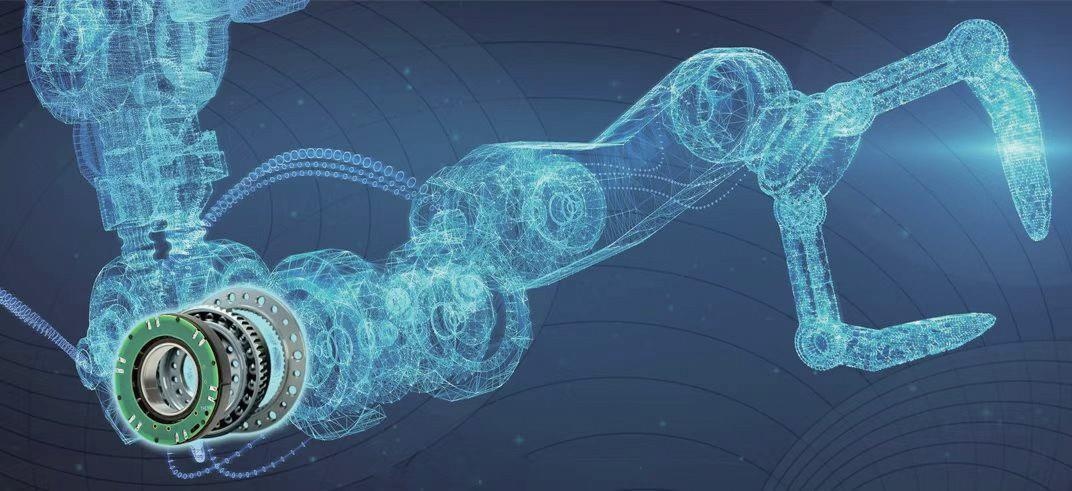
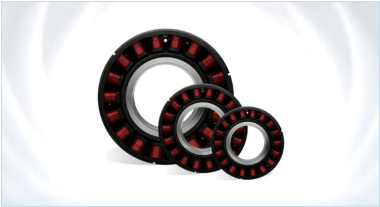

A new generation of frameless torque motor - TBM2G
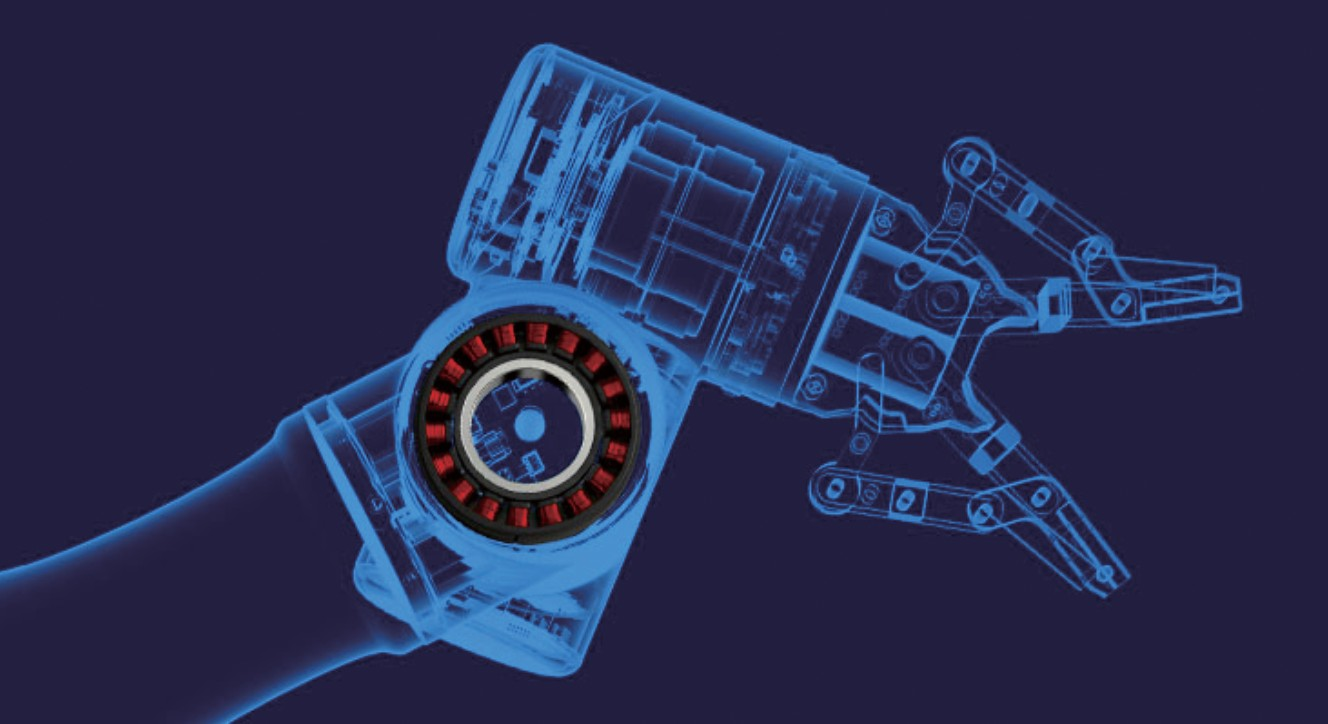
TBM2G is purpose-built to address robot-specific design challenges, performance requirements, and scalability requirements
5 Eliminate more compromise options
In theory, addressing the three preceding trade-offs requires only one concession from the user: paying for the development, prototyping, and production of a custom motor or reducer system design. However, the TBM2 G allows users to make no concessions.
The Kollmorgen TBM2G frameless torque motor is a new generation of torque motor launched after several years of painstaking research and development and testing, as well as feedback from global customers. It can help users cope with the most demanding with higher levels of performance, scalability and design flexibility. design challenges. Now users can bring machine and robotic innovations to life with high levels of torque performance in the most compact and lightweight electromagnetic components. TBM2G——created for robots with ingenuity, helping users to confidently explore the market.



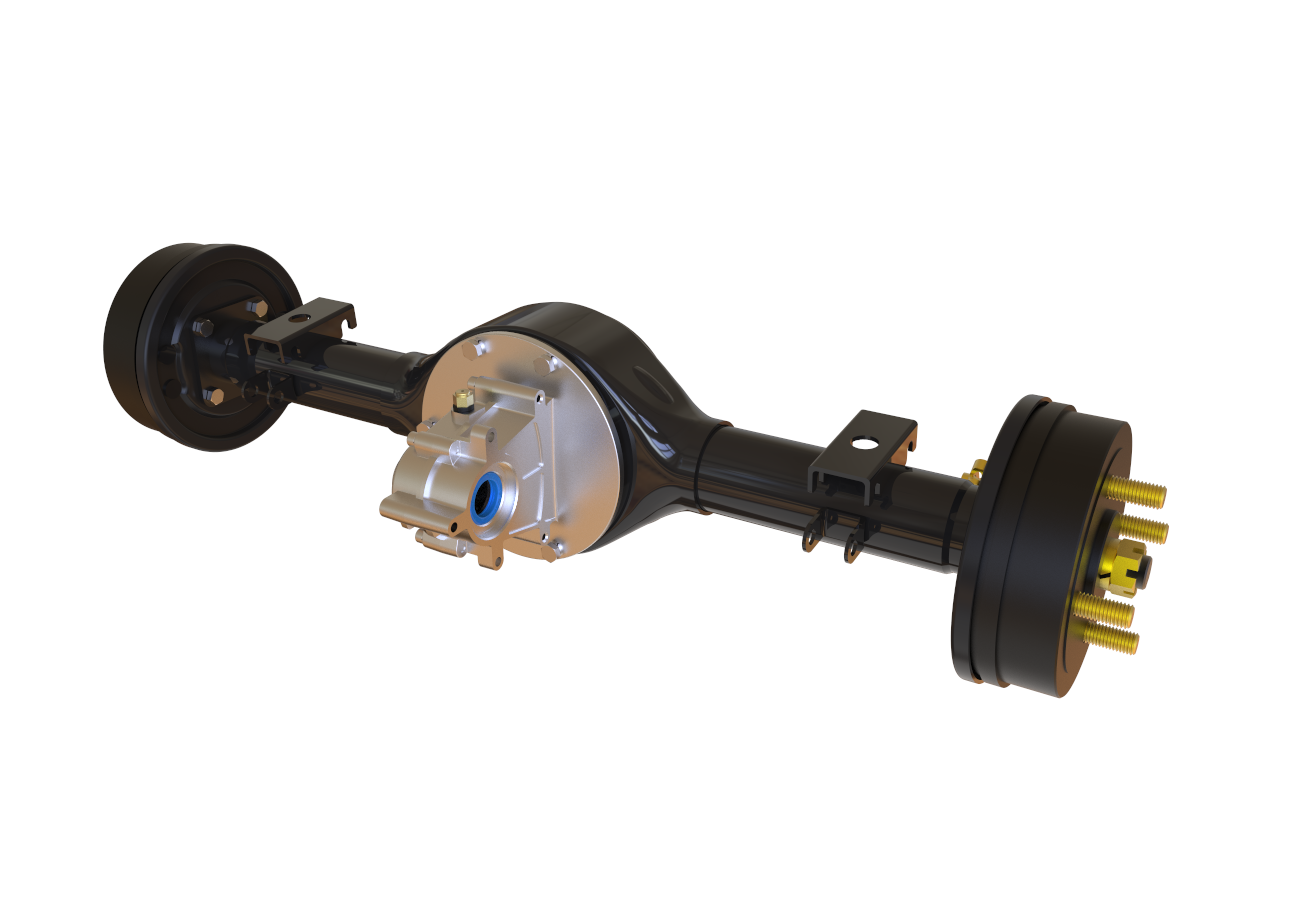
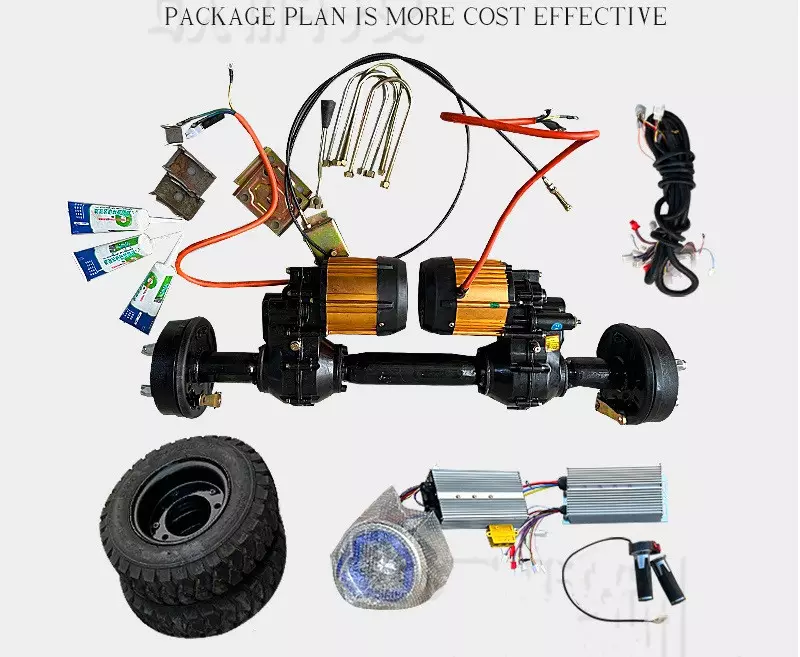

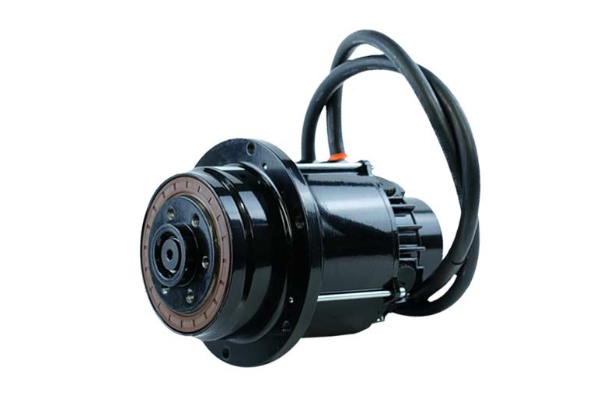
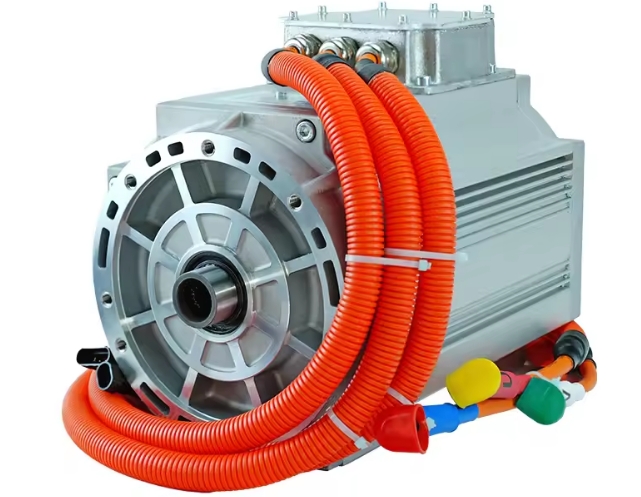
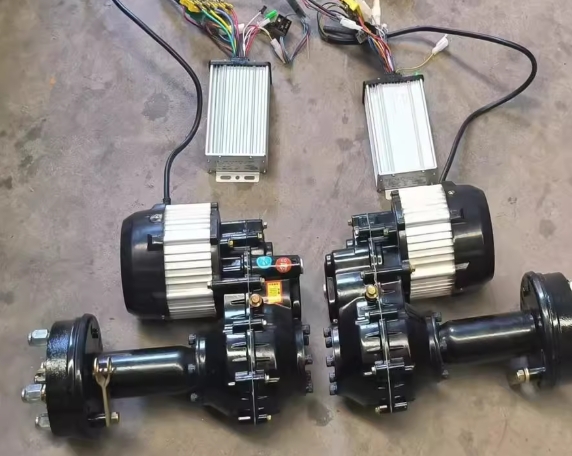
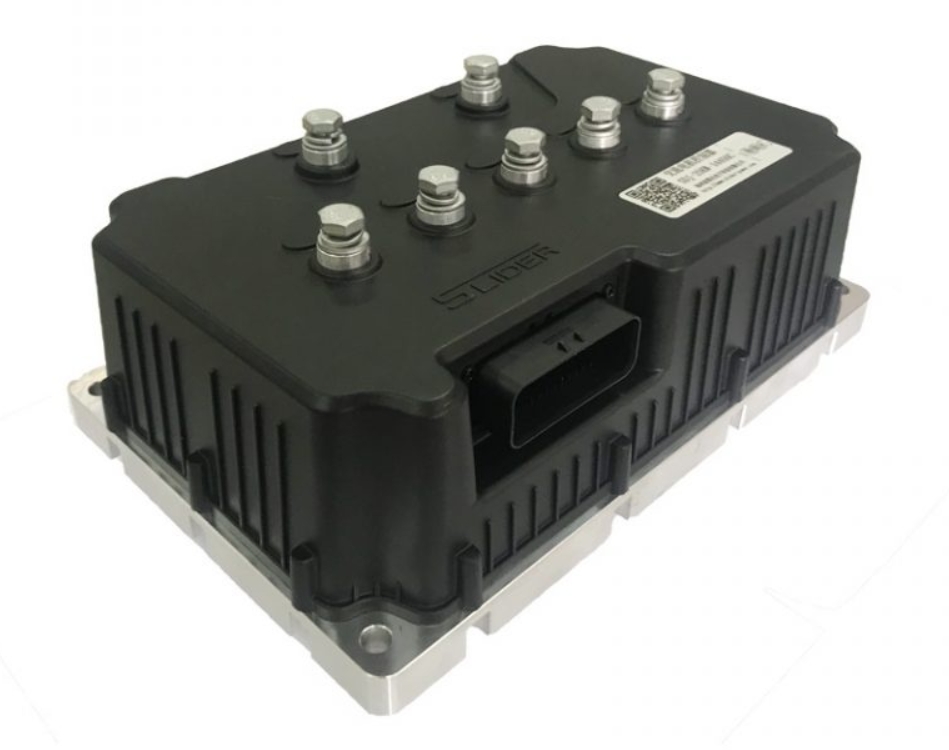

















 XINDA
XINDA